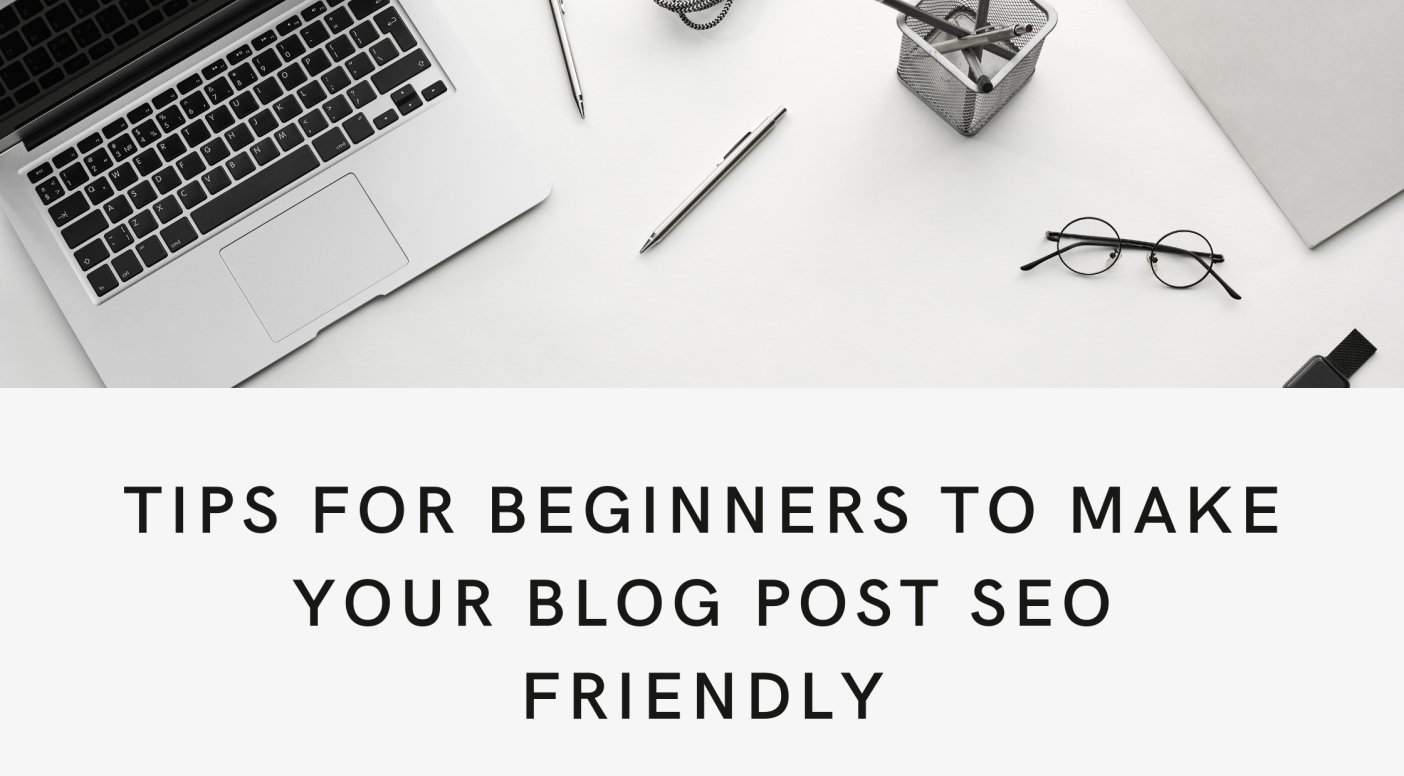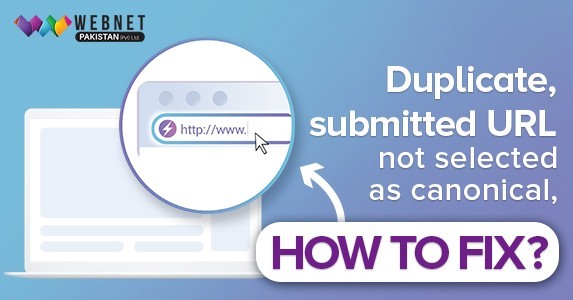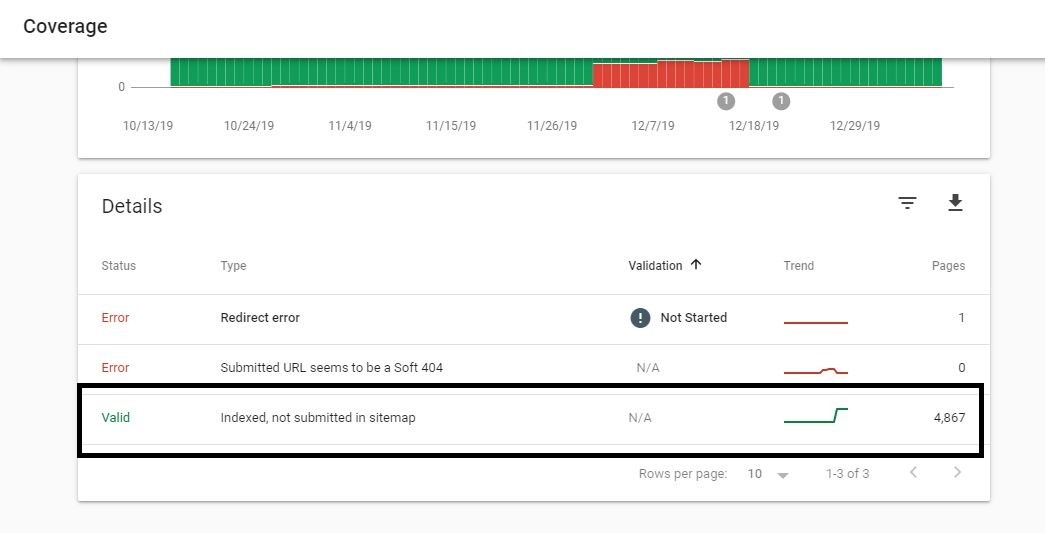Tips for Beginners to Make Your Blog Post SEO Friendly
The battle of online rankings is a never-ending race between sites belonging to a similar niche. The right way to stay ahead in this competition is by managing your content to make it more SEO-friendly.
Search engine optimization for your blog is progressive and beneficial for gaining traffic. It helps achieve higher rankings and makes your blog more prominent on the search engine result pages.
You need to follow several aspects to make your blog SEO-friendly. It includes unique content, relevant research, maintained structure, and many more elements that make your blog well-optimized.
This article will present practical tips for beginners to make their blog posts SEO-friendly. We will review each aspect's importance and process in optimizing a blog post for beginners.
Tips for Writing SEO-Friendly Blog Posts
Optimizing your blog post is essential for consistently getting more traffic, as search engines feature well-optimized sites near the top of the SERPs. You can follow these tips to make your blog SEO-friendly.
Research Keywords Properly
Keywords are the core elements of well-optimized content. If your blog's article or content does not feature the right keywords, it will not be able to reach the targeted audience.
This does not mean you have to guess the keywords for a specific topic unthinkingly. You can perform competitor analysis using tools like Google Analytics to learn about their audience and the terms they are searching for online.
By extracting specific long-tail and short-tail keywords, you can feature them in various sections within your content. For example, you can feature a long-tail keyword in the topic's title.
On the other hand, short-tail keywords should be moderately adjusted within the content. But you should avoid mentioning short-tail keywords in excess; otherwise, the search engine will label them as keyword stuffing.
Go for Internal Linking
If you have been writing blogs for a while, you may have collected sufficient material for your audience to read.
An old blog post may not receive as good engagement as fresh blog posts. But still, they can be used relevantly as supporting material for your new blog posts.
Internal linking is a great technique to develop an informational bridge between your old and fresh content. You can internally link your previous blog posts to your new blog to make it more relevant and reliable. This way, your efforts on the old blog posts won't be in vain.
Regularly performing internal linking in your content will improve your blog's on-page SEO. Moreover, it will allow the audience to explore your blog's content more easily.
Make it Unique
Plagiarism-free content is officially defined as a ranking factor by Google as it carries relatively more importance than other elements in content marketing.
For digital marketers, web admins, and writers, the internet is the fastest yet most reliable source of gaining information.
They rely on the same search engine to research the topic for which they optimize their website to achieve higher rankings.
In this case, there are a lot of chances that one might feature plagiarised content in their work. This is why checking for plagiarism before publishing a blog online is recommended. For this purpose, you can use plagiarism-checking tools.
Online users appreciate unique content and work well with search engines.
Make it Readable
Your blog's structure and writing style matter significantly regarding engagements and interactions on your website.
It also affects the bounce rate and health time, which search engine crawlers monitor to assess a web page's optimization and performance.
Your writing style and vocabulary should be readable by your audience, compel them to remain engaged with your article.
Moreover, if you don't know how to paraphrase online content properly, you may duplicate it from a source, resulting in plagiarism.
Therefore, keep the paragraphs and sentences short while defining something in your blog post. Make sure the subheadings that you have featured within the blog are relevant to the main topic.
You can feature short-tail keywords within the headings for better relevancy with the topic and good on-page optimization.
Add Meta Title and Meta Description
The meta title and meta description are the most visible factors about a blog, which are displayed with the URL of a blog page in the search engine result pages.
Each webpage has its Meta description, which goes perfectly well for a blog. The Meta description is a tag in HTML that provides a short description of the contents of a blog post. The suitable length of a Meta description is between 100-155 characters.
A good Meta description should be written between the defined character limit and feature a short-tail keyword to remain well-optimized.
Answer Featured Snippets
Featured snippet answers are the shortcut to securing a higher spot in the search engine pages. These sections represent the short answers to the queries often searched by the audience.
Google wants to assist its users by providing rapid and concise answers to questions. A recent survey shows featured snippets hold more than 32% of CTR. Featured snippet answers are displayed in bold letters on the top of the first search result page.
Google issues no specific instructions to answer featured snippets. But to answer a featured snippet, the content should be concise, relevant, and fluff-free. If your blog answers for featured snippets, it can rank directly in the top spots without much effort.
Conclusion
The competition among online marketing niches is rising, and bloggers constantly look for ways to improve their platforms to secure the top spots. In this case, you can apply the best SEO practices by following our tips to improve your site's ranking and visibility.
The tips in our article will ensure you consistently draw more traffic to your blog's webpage. We hope our tips were insightful and assist you in achieving better rankings as a beginner SEO writer.





0 comment